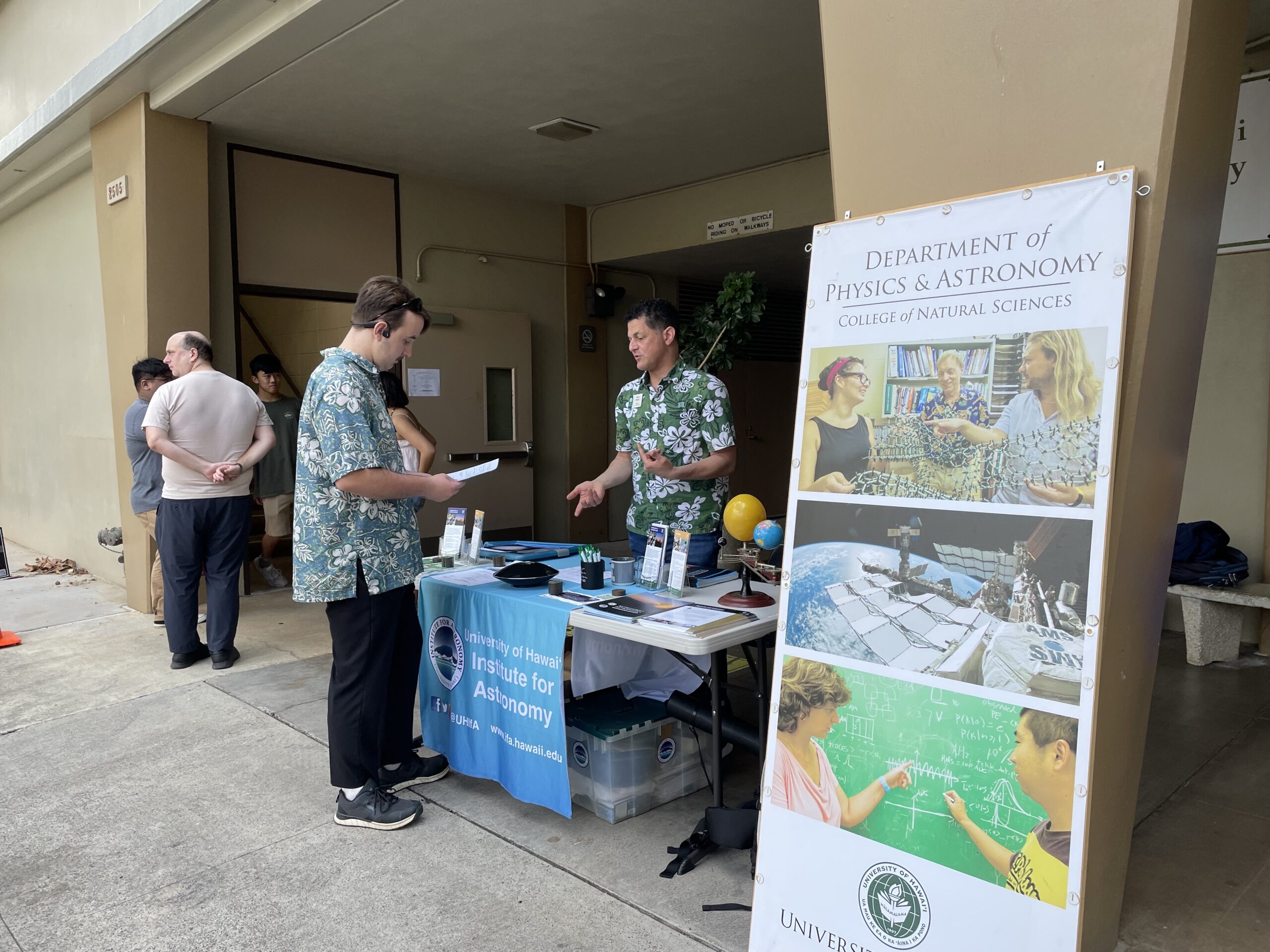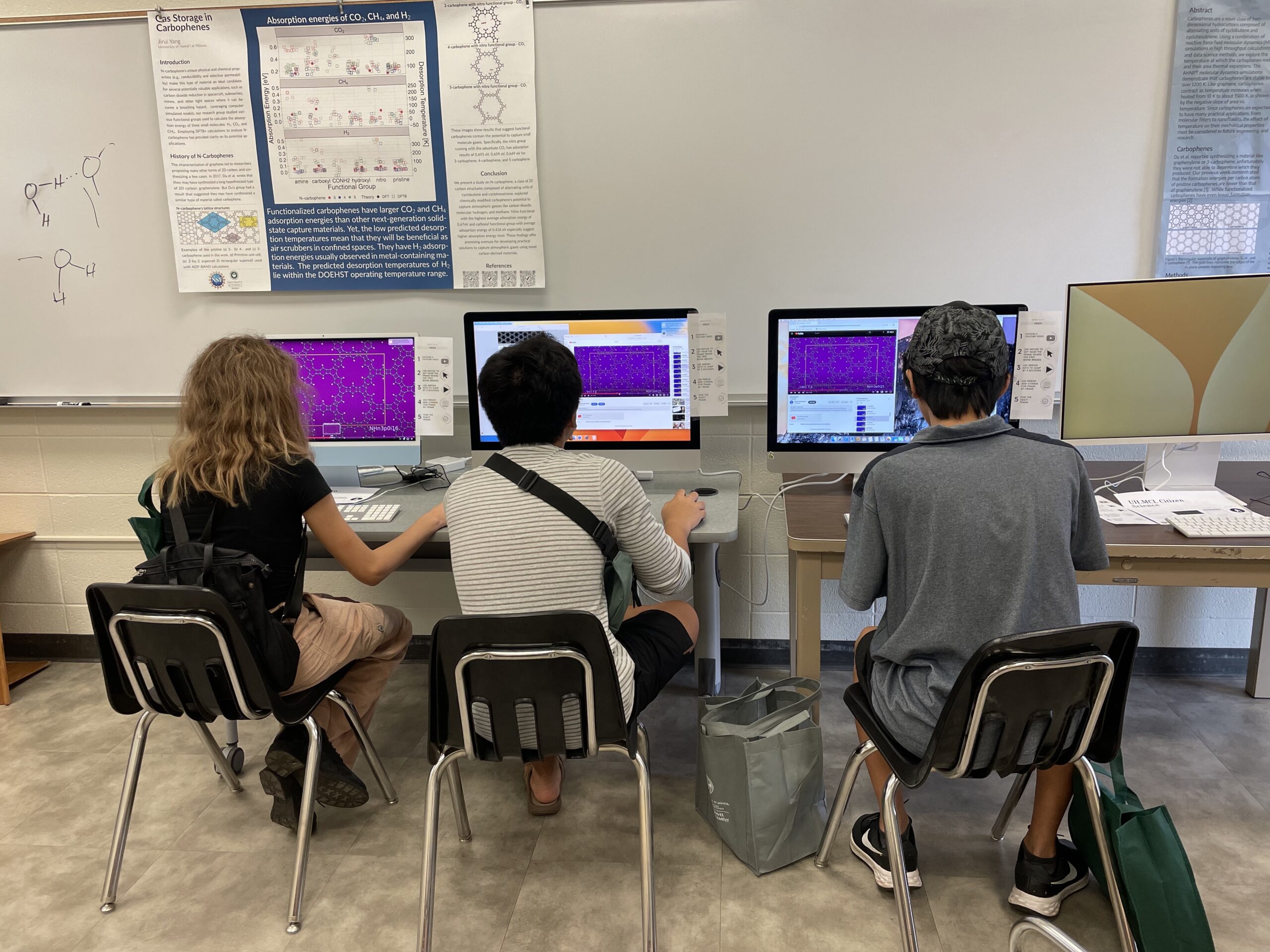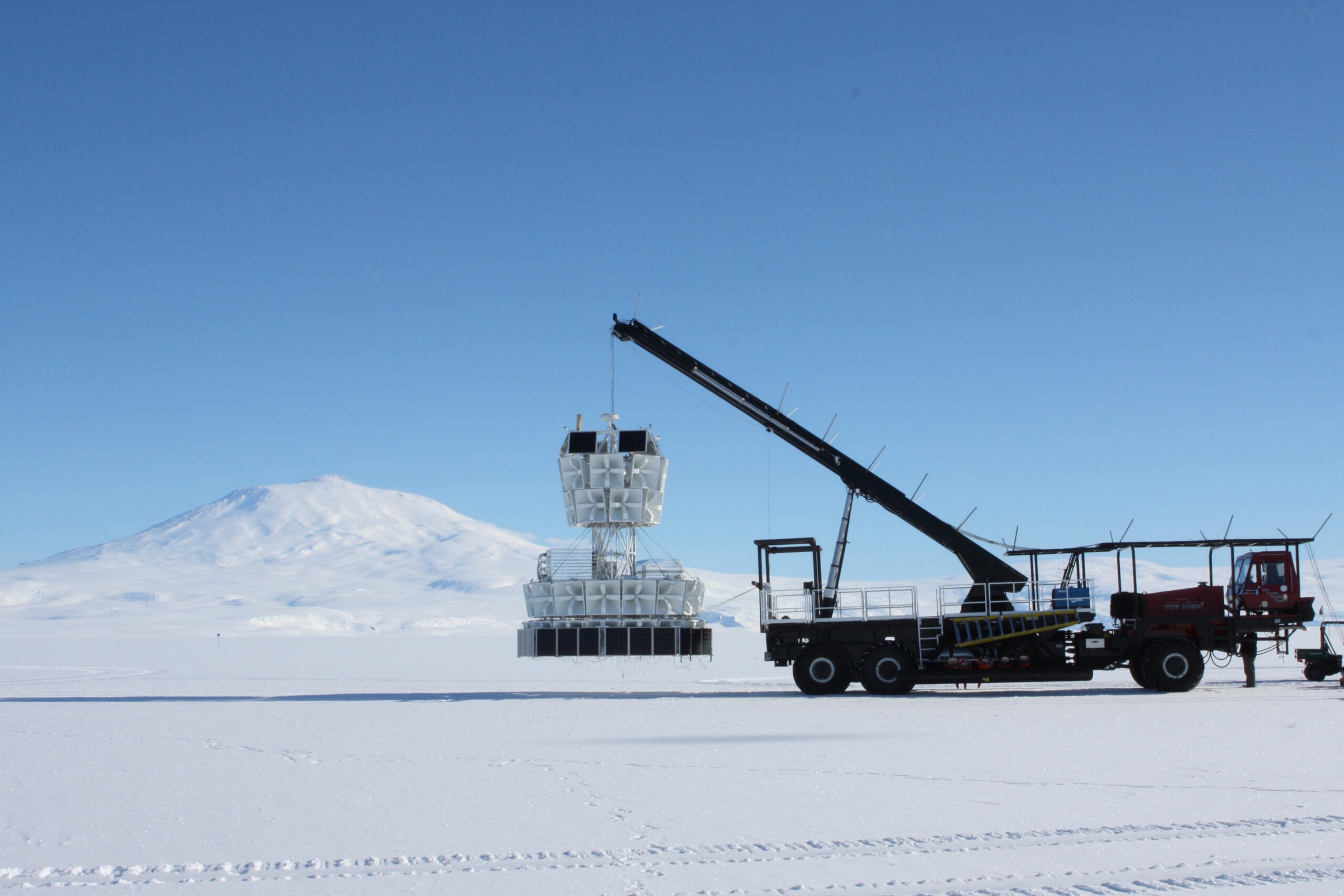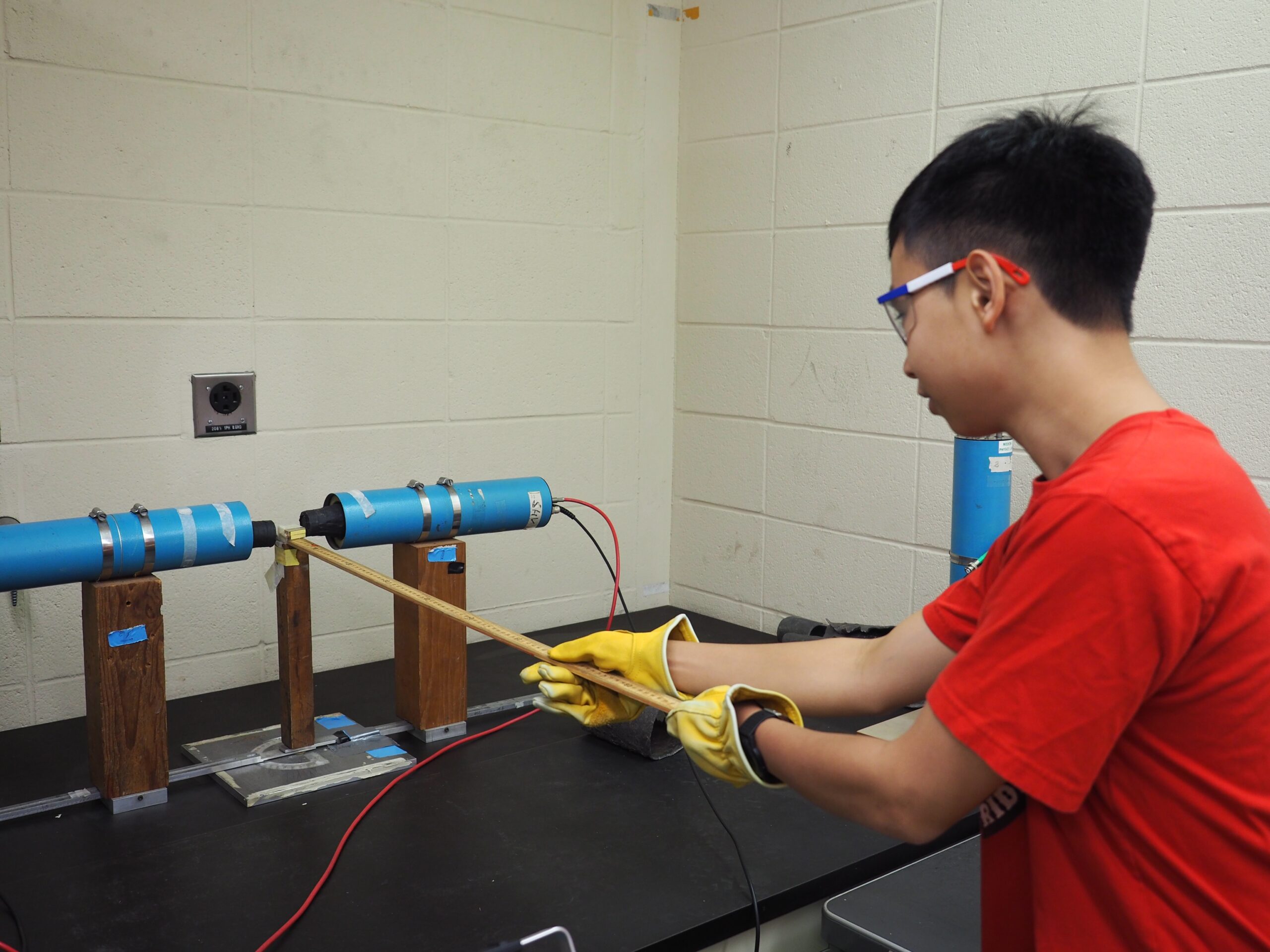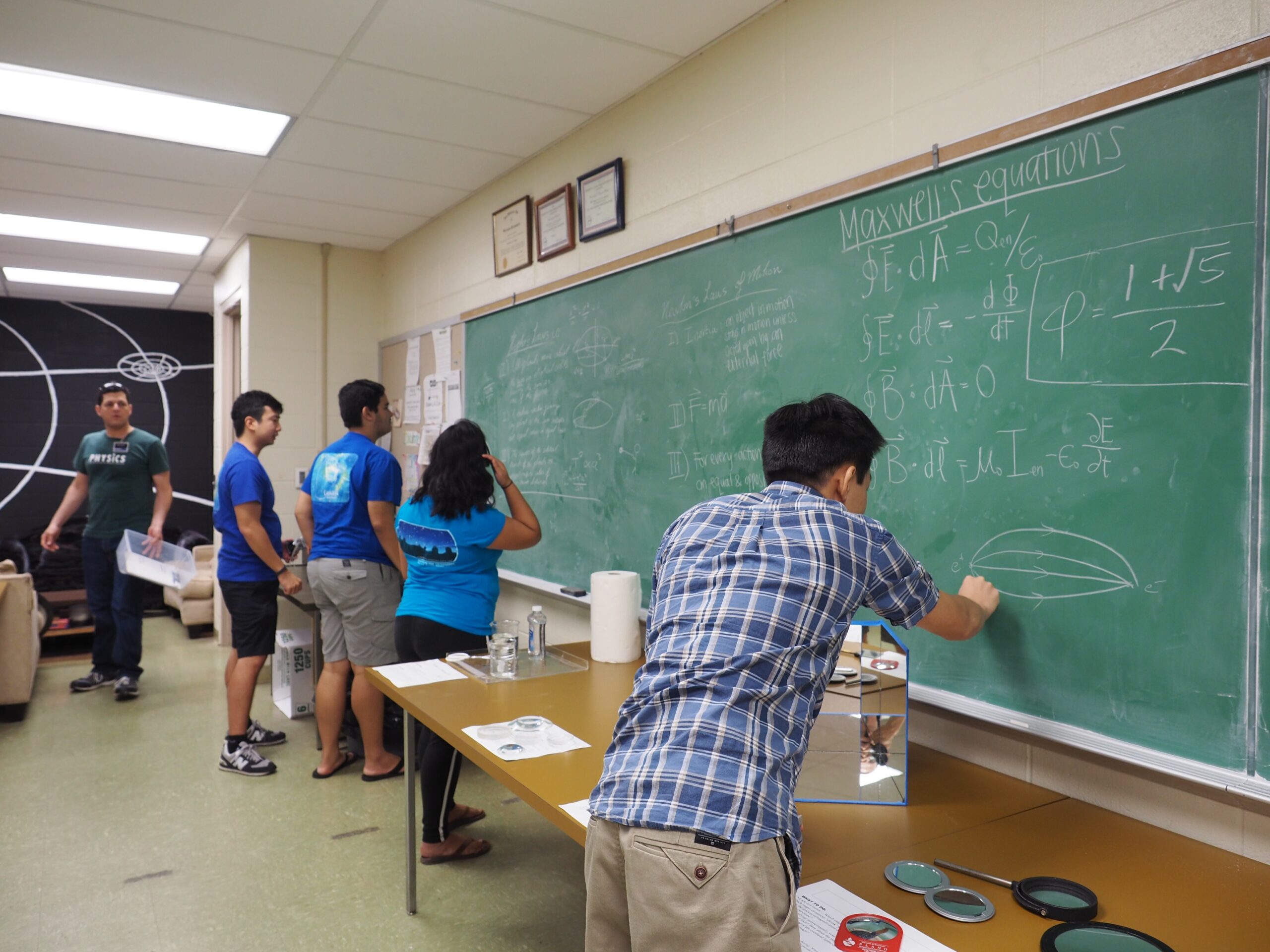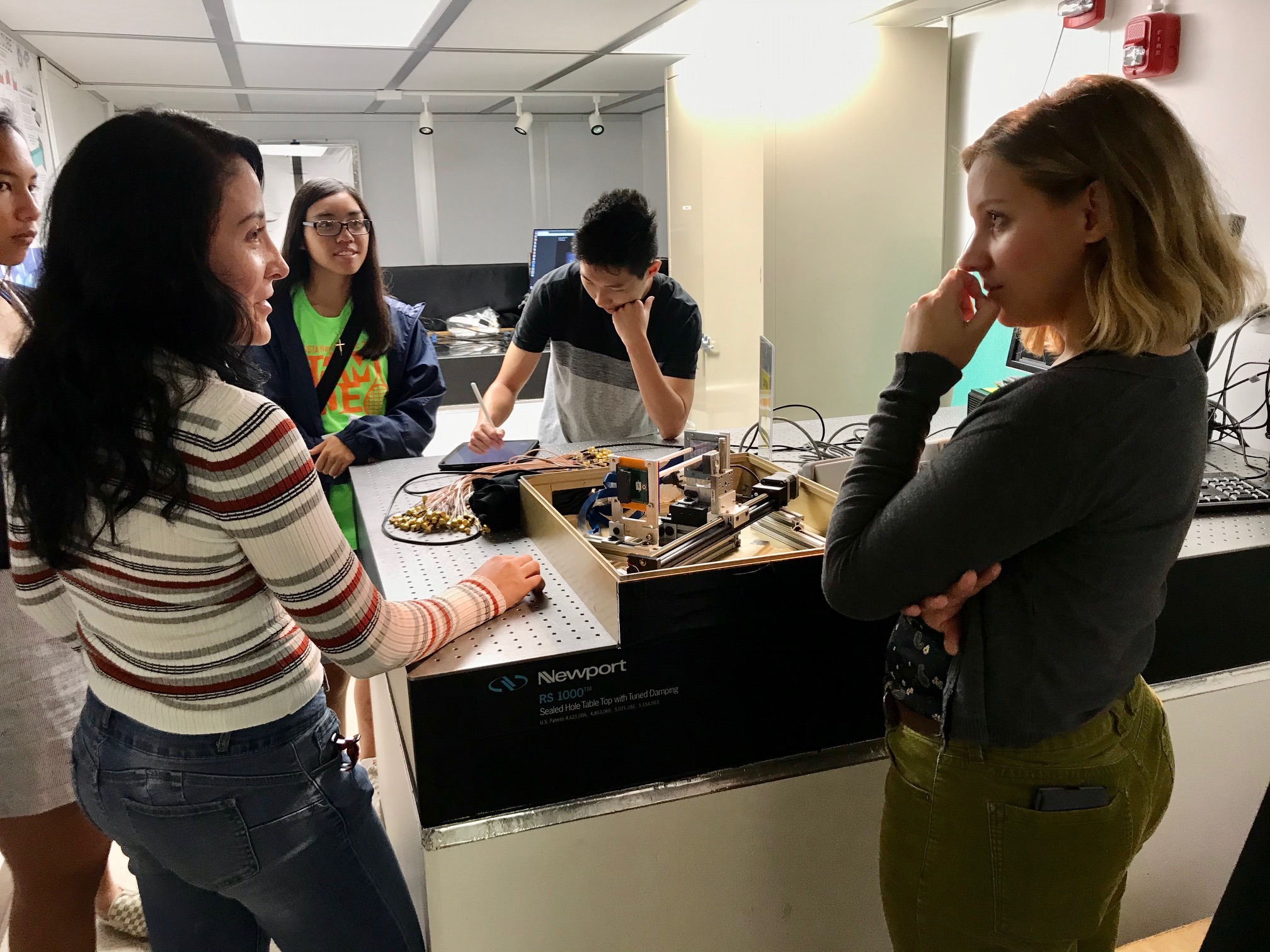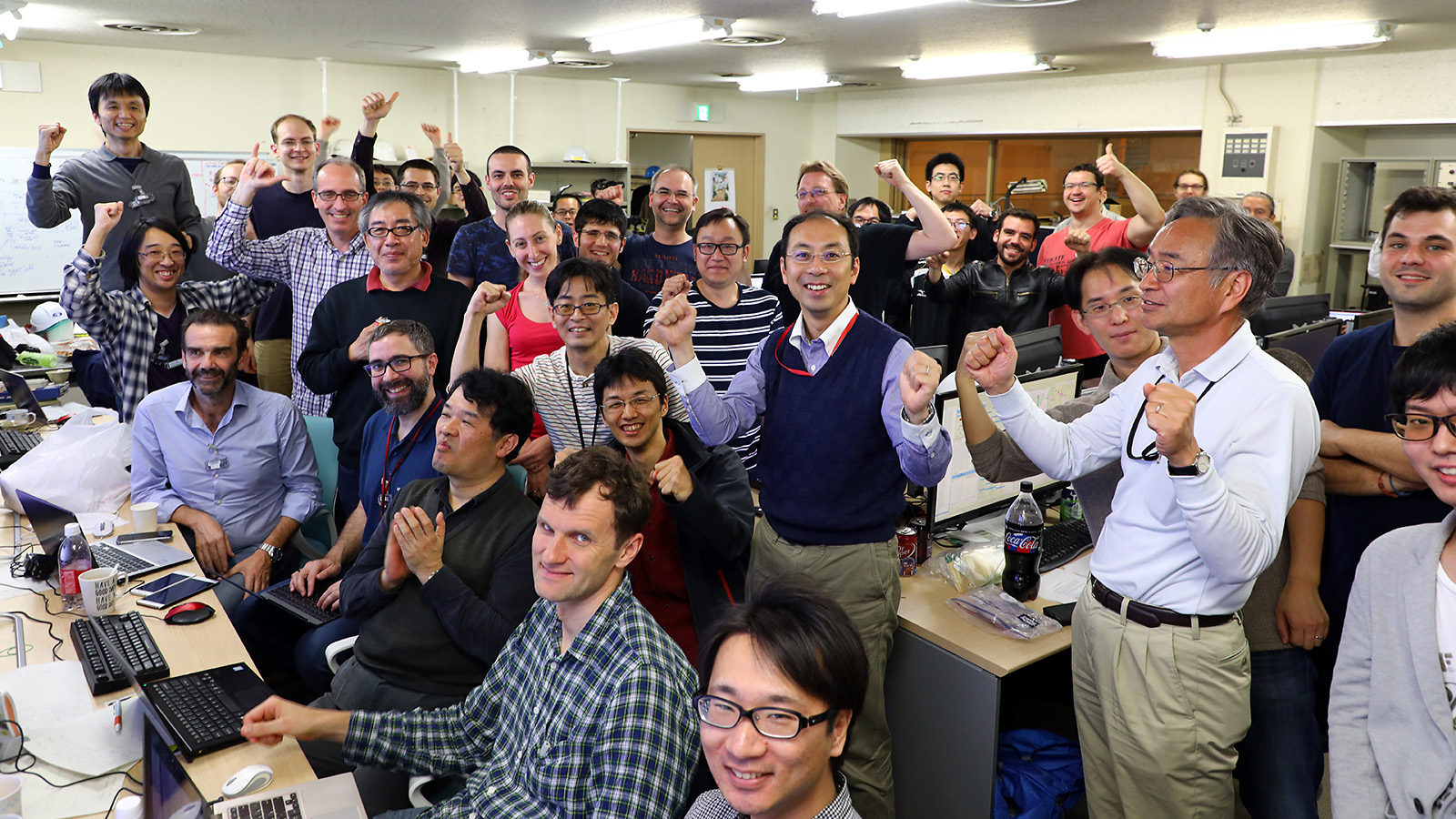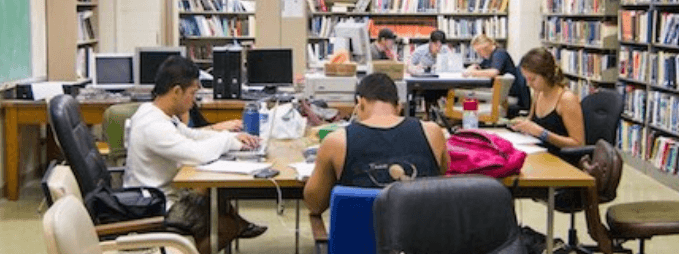
The National Research Council rankings of graduate programs has placed UH Mānoa Department of Physics and Astronomy in the top 12 of all US programs. The department has an extensive laboratory and classroom building, Watanabe Hall. It has about 37,000 square feet of research and teaching laboratories, shops, classrooms with special demonstration facilities, and student study rooms. The Institute for Astronomy building, located above the Mānoa campus, is a greatly expanded facility for research in astronomy and astrophysics.

Academic Programs
Latest News

New study proposes expansion of the universe directly impacts black hole growth
A team of researchers from the University of Hawaiʻi at Mānoa, the University of Chicago, and the University of Michigan at Ann Arbor, have proposed a novel solution to this problem: black holes grow along with the expansion of the universe.
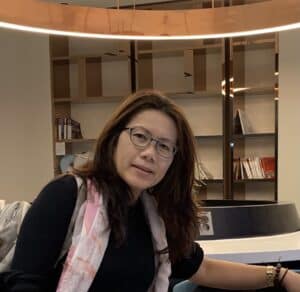
Vannida Phommachanh was chosen as one of RCUH 2021 Outstanding Employees of the Year.
Vannida Phommachanh, High Energy Physics Project Administrator. was
chosen as one of RCUH 2021 Outstanding Employees of the Year in the
category of support staff.
Congratulations to Vannida !

Physics Graduate Erica Sawczynec awarded the Honors Prize for her excellent thesis
Physics and Astronomy graduate student Erica Sawczynec awarded the Honors Prize for her excellent thesis , “Asteroseismology of a Nearby Resolved Stellar Binary”. It is only the second ever honors thesis award for an astronomy project in the history of the honors program!
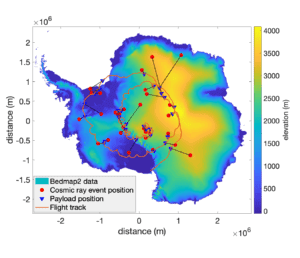
ANITA has a new paper in Physical Review Letters (PRL), reporting detection of several unusual cosmic-ray like events.
ANITA has a new paper in Physical Review Letters (PRL), reporting detection of several unusual cosmic-ray like events, that may signal observation of cosmic tau neutrinos.
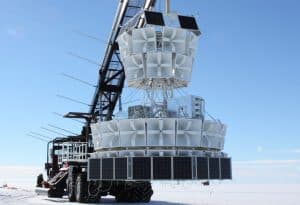
NASA has selected the Payload for Ultra-high Energy Observations (PUEO)
NASA has selected the Payload for Ultra-high Energy Observations (PUEO) as one of the first new missions with the Astrophysics Pioneers program.
UH investigators Gorham, Varner, and Nishimura are among the leadership in the PUEO mission, which is a successor to the very successful Antarctic Impulsive Transient Antenna (ANITA) program, which ran from 2004 to 2020.
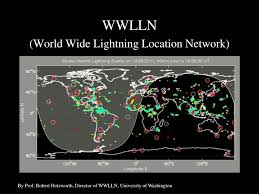
Department of Physics and Astronomy played an important role on global lighning
UHM Department of Physics and Astronomy played an important role on global lightning by hosting one of WWLLN (World Wide Lightning Location Network) stations. The increased lightning strokes above 65 degree latitudes appears to be a result of global warming.
Lightning in the Arctic and also see the AGU press release

